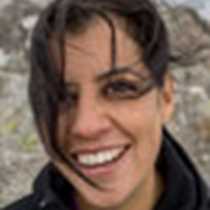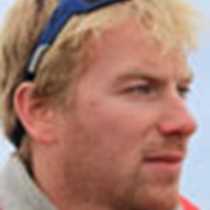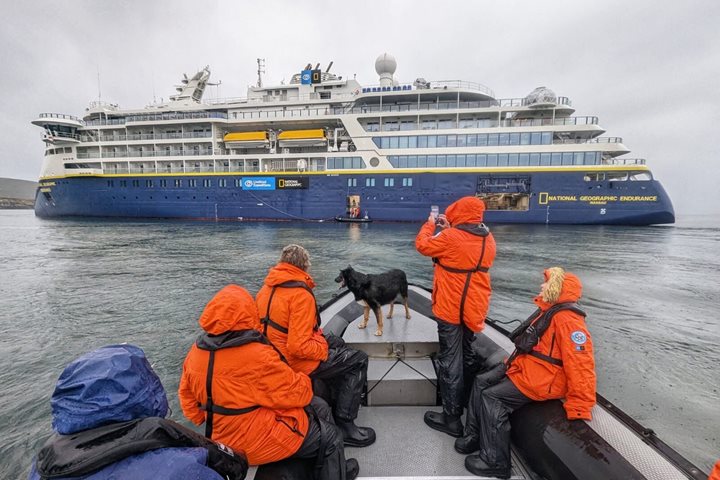We woke up sailing on choppy seas with northerly winds of 45 knots. As we approached New Island, the team was unsure whether a landing would be possible in those conditions. The situation took a promising turn as National Geographic Orion found shelter and anchored in close proximity to the harbour allowing us to disembark safely onto the beach. Several pairs of kelp geese and oystercatchers were feeding at the shoreline. But the main reason for our landing was to visit a very special bird colony on the west coast of the island. On our way to the colony, we were surprised by some interesting sightings along the walk. We encountered a group of feeding caracaras and turkey vultures, as well as many pairs of nesting upland geese, some walking around with a number of fluffy chicks. When we reached the western side of the island, we found ourselves at the top of the spectacular colony of rockhopper penguins, imperial shags, and black-browed albatross. Brown skuas flew over the colony while penguins, albatross, and shags took care of their eggs. We spend a good bit of time photographing the birds and generally taking in such wonderful experience and close views of the wildlife.
In the afternoon, we visited Carcass Island. As we walked around the island, some of us encountered Magellanic penguins, caracaras, and other shorebirds. We were warmly welcomed by the owners of the farm who offered us an impressive variety of cakes and pastries, with tea and coffee. While we were at it, the undersea team went diving into a breath-taking kelp forest, home of an impressive variety of marine life. Back on board, we were delighted with the footage captured by the divers, as well as with all other recaps prepared by our expedition team.









